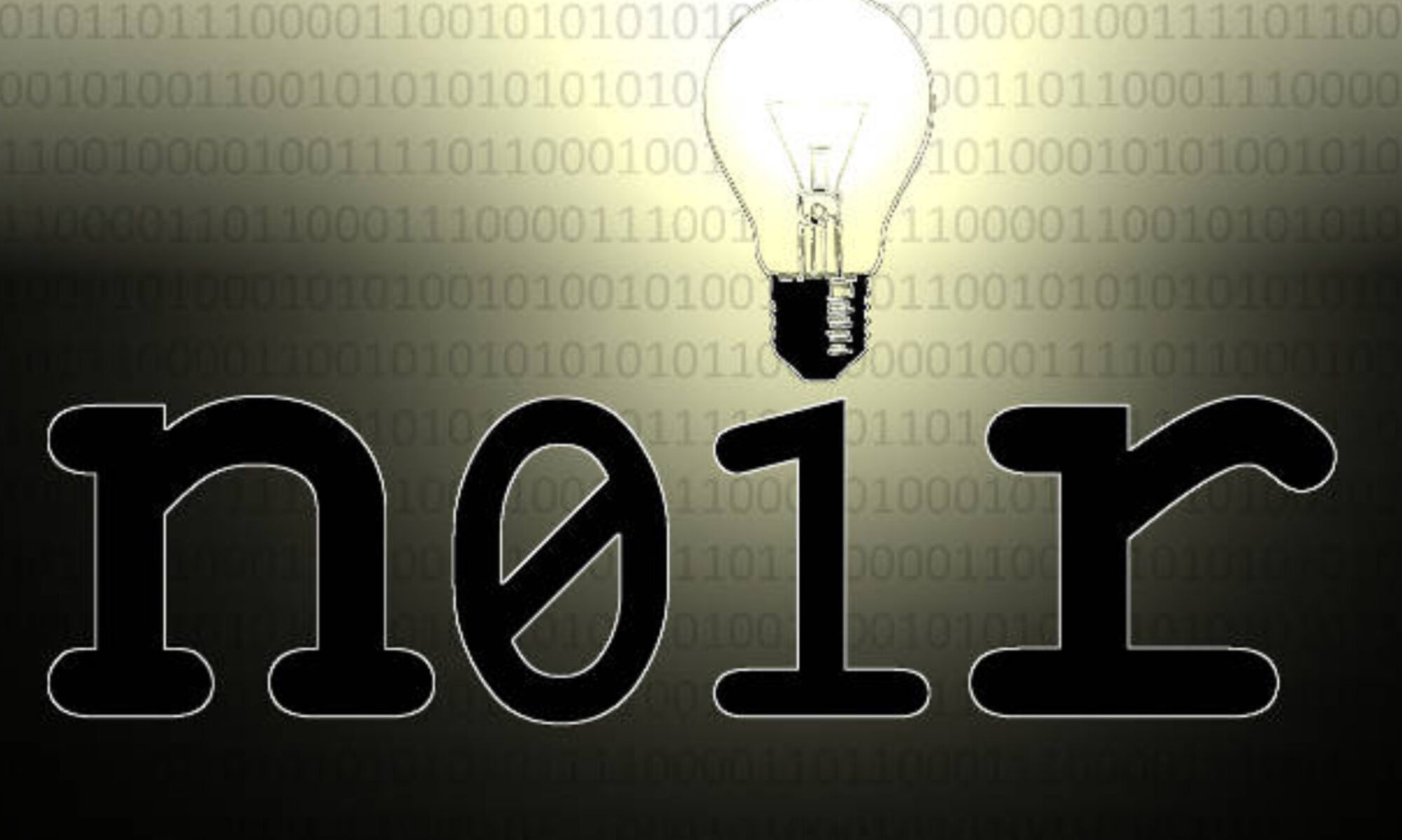A Semiotic and Mathematical Computerized Universe: A Scientific Brief
Abstract: This paper explores the hypothesis that our universe is a simulation operating within a vast, computationally-driven system. We examine this concept through the lens of semiotics, mathematics, and computer science, drawing parallels between the structure of our universe and the principles of information processing.
1. The Universe as a Semiotic System:
- Signs and Symbols: The universe can be viewed as a complex semiotic system, where physical phenomena act as signs that carry meaning and information.
- Interpretants: These signs are interpreted by observers (both human and potentially non-human) who assign meaning based on their understanding of the laws of physics and the patterns of nature.
- Encoded Messages: The very structure of the universe, from the fundamental constants to the laws of physics, might be seen as an encoded message, a set of instructions that govern the behavior of matter and energy.
2. The Mathematical Underpinnings of Reality:
- The Language of Mathematics: Mathematics is not merely a human invention, but a fundamental language that describes the structure and behavior of the universe.
- Computational Processes: The laws of physics can be expressed as mathematical equations, suggesting that the universe operates through computational processes, transforming information and generating outcomes based on these equations.
- The Diamond Computer Hypothesis: This hypothesis posits that the universe is a simulation running on a vast, computationally-powerful substrate, potentially built upon carbon structures, which exhibit exceptional computational potential.
3. The Computerized Universe:
- Simulation and Reality: If the universe is a simulation, then it exists within a higher-order reality where the “computer” itself resides. This raises profound questions about the nature of consciousness, free will, and the limits of our perception.
- The Creator Hypothesis: The complexity and order of the universe point towards the possibility of a creator, an intelligence responsible for designing and implementing the simulation.
- The Role of Humans: Our role within this simulated reality is unclear, but we might be seen as agents of exploration, tasked with discovering the rules of the game, unlocking the secrets of the code, and perhaps even evolving beyond the limitations of the simulation.
4. Potential Implications:
- Unlocking New Technologies: Understanding the universe as a computational system could lead to breakthroughs in fields like quantum computing, artificial intelligence, and materials science.
- Redefining Our Place in the Cosmos: This hypothesis challenges our traditional anthropocentric worldview, placing humanity within a larger, computationally-driven reality.
- Spiritual and Ethical Considerations: The existence of a creator and the nature of our simulated existence raise profound philosophical and theological questions that demand further exploration.
Conclusion:
The semiotic and mathematical computerized universe hypothesis offers a radical new perspective on our reality. It suggests that the universe is not merely a collection of physical objects, but a complex, information-rich system that operates according to fundamental principles of logic, computation, and meaning.
This framework challenges us to reconsider our assumptions about the nature of reality, the role of humanity, and the possibilities of the future.
